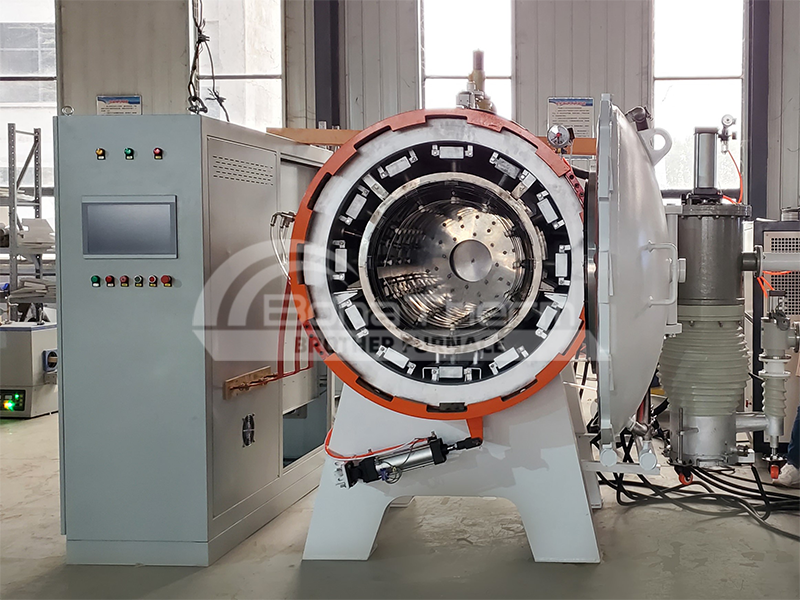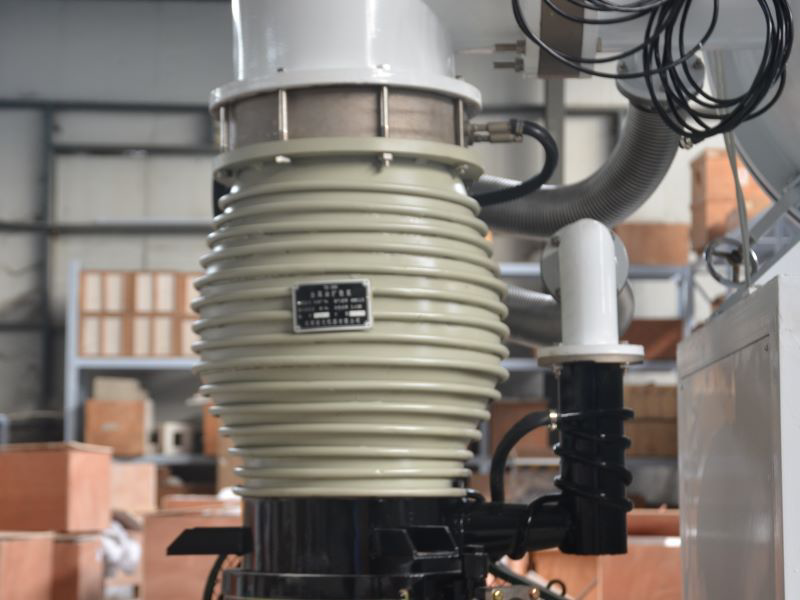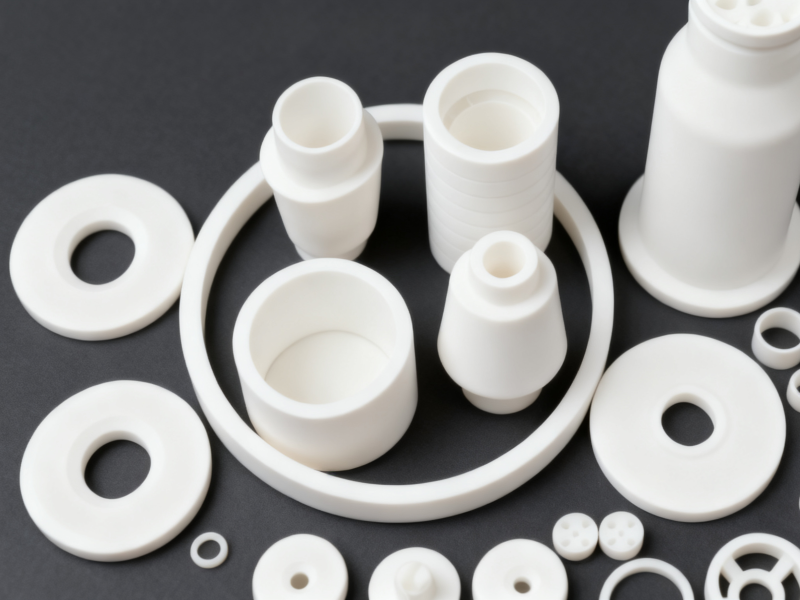How to solve the problem when the heating element of the vacuum brazing furnace fails?
- By: Brother Furnace
- 2025-10-20 01:10
The vacuum brazing furnace provides the brazing of precision components with a high vacuum environment, and the heating element is a core component; its status is directly related to the brazing quality and equipment life.
There are three main types of Brother vacuum brazing furnaces: Heat-resistant Steel Thermal Field Vacuum Brazing Furnace, Molybdenum Thermal Field Vacuum Brazing Furnace, and Vacuum Cutting-Tools Brazing Furnace. Heating elements mainly include electric heating alloy tubes, molybdenum heating belts.
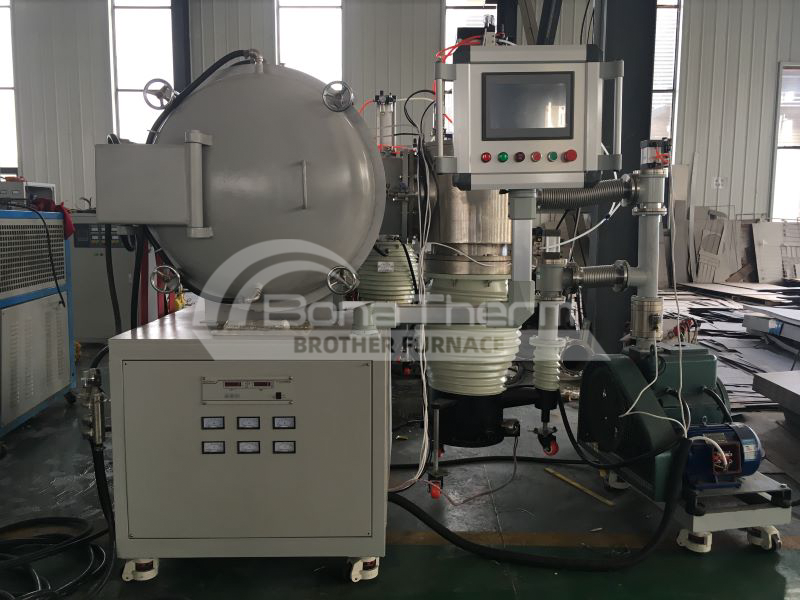
In practical applications, heating elements such as molybdenum ribbons often malfunction, and process parameters such as the heating rate also have a significant impact on them.
Common faults of vacuum brazing equipment heating elements
1. Heating element failure: Molybdenum strip damage caused by furnace cavity deformation.
Molybdenum ribbon is a common heating element in vacuum molybdenum chamber brazing furnaces, offering excellent high-temperature resistance and thermal conductivity.
However, when the chamber deforms, the ribbon's inherent force balance is disrupted.
This deformation can be caused by factors such as material creep from long-term high-temperature operation, inaccurate equipment installation, or external mechanical impact.
When the force is unbalanced, local stress concentration occurs in the molybdenum strip. If the stress exceeds its tensile strength, it will crack. The uncracked molybdenum strip will also deform due to the uneven force.
This deformation not only reduces the heating uniformity of the heating element and affects the brazing temperature field, but also shortens the molybdenum strip's service life, increasing equipment maintenance costs and the risk of production downtime.
2. Heating rate: a key parameter affecting the life of heating elements and equipment
Vacuum brazing equipment has a strict heating rate standard. The standard heating rate for molybdenum vacuum brazing furnaces is ≤20°C/min.
At this rate, the heating element has a lifespan of approximately five years. Excessively rapid heating rates, such as 40°C/min, can negatively impact the heating element in various ways.
From a thermal perspective, rapid heating causes rapid temperature fluctuations in the molybdenum ribbon, generating significant thermal stress. Long-term use of this rate can easily lead to fatigue damage.
Too fast a heating rate will cause uneven temperature distribution in the chamber, excessively high temperatures in some areas, and accelerate the aging of the heating elements.
In addition, an abnormal heating rate may also interfere with the metallurgical process of vacuum brazing, causing abnormal melting and flow of the brazing material, thereby affecting the quality of the brazed joint.
3. Component aging: a loss phenomenon under long-term high temperature
Component aging fatigue is an inevitable phenomenon after long-term use of vacuum brazing furnace heating elements. Long-term exposure to high temperatures causes microstructural changes in the component material, with grains gradually growing and lattice defects accumulating.
Frequent heating and cooling cycles also cause continuous thermal fatigue, leading to decreased component toughness and creep deformation.
These changes directly cause the component resistance value to deviate from the initial design value, resulting in reduced heating efficiency and slower heating rate.
The uneven resistance distribution will aggravate the local heating imbalance, ultimately shortening the service life of the component. It may also affect the temperature uniformity in the furnace and indirectly affect the quality of the brazing products.
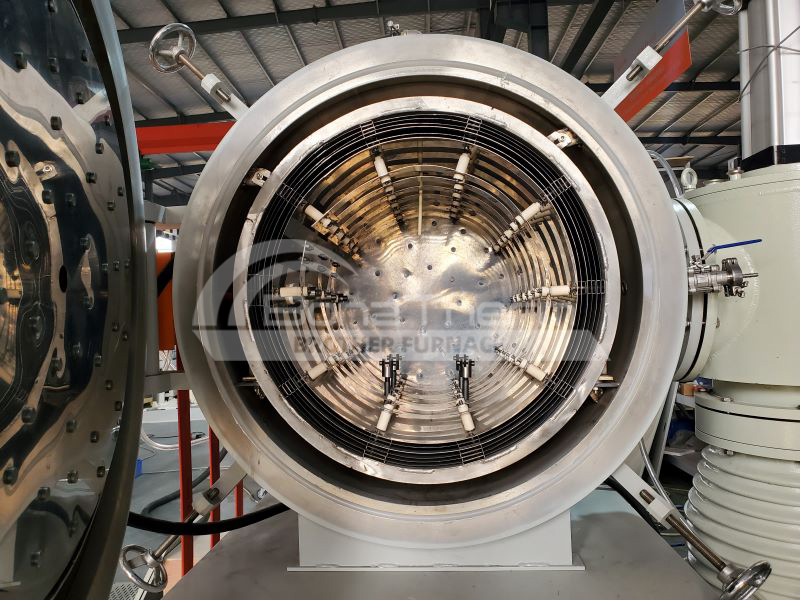
The following are relevant coping strategies and solutions:
1. Conduct inspection and maintenance
To address heating element issues caused by furnace cavity deformation, regular furnace cavity inspection and maintenance are required to ensure cavity shape accuracy.
Advanced inspection technologies, such as laser ranging, can be used to promptly detect and correct furnace cavity deformation.
2. Follow equipment operating specifications
For the heating rate, it is necessary to strictly follow the equipment operating specifications to keep the heating rate within the standard range.
Before the equipment is put into operation, the heating program must be checked and calibrated to avoid an abnormal heating rate due to program errors.
3. Optimize the installation of heating elements
In addition, the ability to resist deformation can be enhanced by optimizing the installation method of the heating element, such as using an elastic support structure to buffer the stress caused by the deformation of the furnace cavity.
It is worth mentioning that the use of molybdenum strip materials with better high-temperature resistance and fatigue resistance can also improve the durability of the heating element and extend its service life.
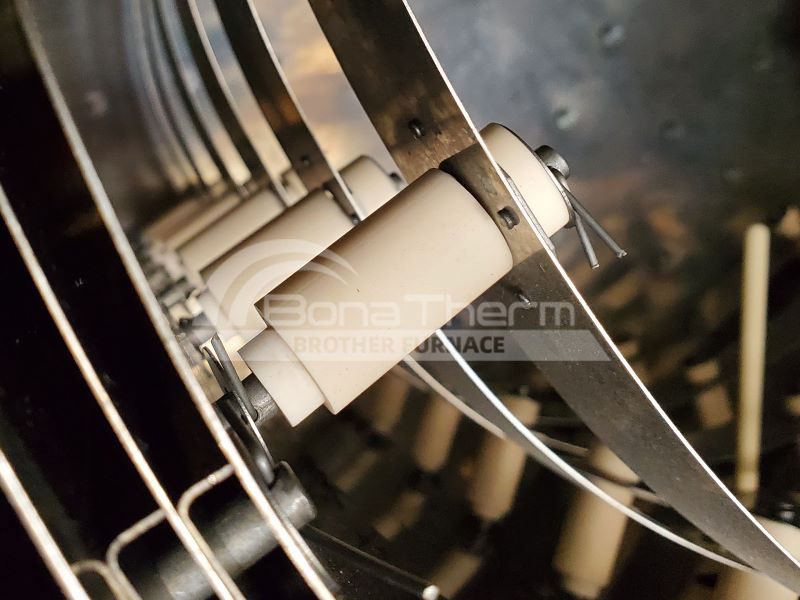
Stable operation of the vacuum brazing furnace’s heating elements and proper temperature ramp rate control are key to ensuring brazing quality and extending equipment life.
Through in-depth analysis of fault causes and targeted optimization, vacuum brazing furnaces can better serve brazing production in industries such as precision components and alloy processing.

